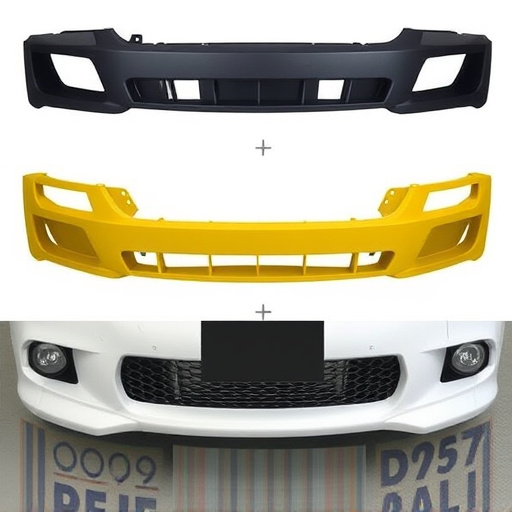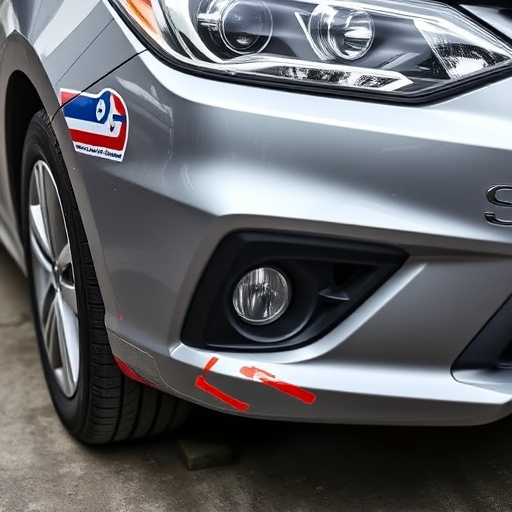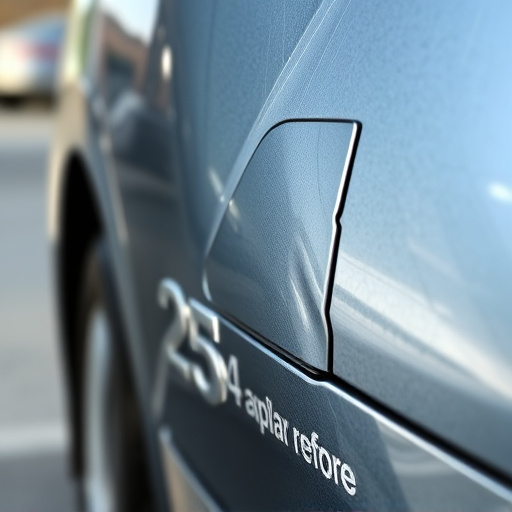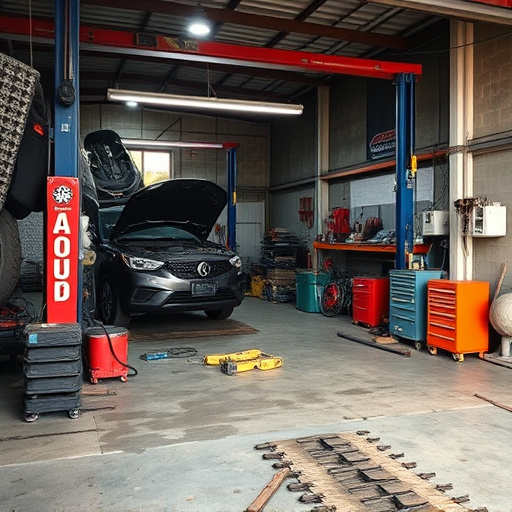Airbag safety certification is a stringent process ensuring airbags deploy accurately and safely during collisions, minimizing secondary injuries and preventing costly damages. It's crucial for Advanced Driver Assistance Systems (ADAS) integration, fostering innovation in driver safety and efficient vehicle repairs. Rigorous testing validates compatibility between sensors, control units, and airbags, enhancing overall crash performance and maintaining pre-crash vehicle conditions.
Airbag safety certification is a cornerstone of modern automotive safety, playing a pivotal role in enhancing crash protection. This critical process ensures that airbags and their associated systems meet stringent industry standards. In the context of Advanced Driver Assistance Systems (ADAS), integration with crash systems becomes seamless when guided by robust airbag safety certification practices. By ensuring compatibility and optimal performance, these certifications safeguard occupants during collisions, making them indispensable for developing cutting-edge vehicle safety technologies.
- Understanding Airbag Safety Certification Requirements
- Role in Advanced Driver Assistance Systems (ADAS) Integration
- Ensuring Crash System Compatibility and Performance
Understanding Airbag Safety Certification Requirements

Airbag safety certification is a rigorous process designed to ensure the effectiveness and reliability of airbag systems in vehicles. This certification goes beyond simple compliance with regulations, focusing on ensuring that airbags deploy accurately, safely, and efficiently during collisions. The requirements are extensive, covering various aspects from material testing to simulation and real-world crash scenarios. Every component, from sensors to inflators, must meet stringent standards to guarantee their functionality under extreme conditions.
The process involves multiple stages, including design review, performance testing, and validation. Manufacturers must demonstrate that their airbag systems can accurately detect collisions, deploy within safe parameters, and minimize the risk of secondary injuries. This meticulous certification ensures that when a vehicle undergoes an accident, its airbags serve their intended purpose—protecting occupants from severe impacts—without causing additional harm or exacerbating damage, such as through improper deployment or material failure, which could lead to costly repairs like vehicle dent repair or automotive collision repair.
Role in Advanced Driver Assistance Systems (ADAS) Integration

Airbag safety certification plays a pivotal role in facilitating the seamless integration of Advanced Driver Assistance Systems (ADAS) into modern vehicles. This rigorous testing and validation process ensures that airbags, as a critical component of crash safety systems, function optimally when coupled with other ADAS features like collision avoidance, lane departure warning, and adaptive cruise control. By setting standardized performance criteria, airbag safety certification allows automakers to develop and implement these safety technologies with confidence, enhancing overall vehicle security without compromising on reliability or quality.
Moreover, the certification process encourages collaboration between manufacturers of airbags, car bodywork services, and automotive technology providers. This collaborative ecosystem fosters innovation in ADAS integration, leading to smarter and more responsive vehicles that can anticipate and mitigate potential accidents. As a result, drivers benefit from improved safety features, reduced repair costs (through preventive measures), and enhanced overall driving experience, making airbag safety certification an indispensable component of the evolving automotive landscape.
Ensuring Crash System Compatibility and Performance

Airbag safety certification plays a pivotal role in ensuring that Advanced Driver Assistance Systems (ADAS) and crash systems work in harmony. It involves rigorous testing and evaluation to guarantee compatibility between various components, such as sensors, control units, and airbags, all while maintaining optimal performance during a collision. This certification process is crucial for seamless integration of ADAS features into modern vehicles, ensuring the safety and effectiveness of the entire system.
By mandating strict standards, airbag safety certification helps to avoid potential issues like communication failures or mechanical incompatibilities between different systems. It includes simulations and real-world testing scenarios to validate how the airbags deploy accurately and safely in diverse crash situations, from frontal impacts to side collisions. This meticulous approach not only safeguards passengers but also facilitates efficient autobody repairs and frame straightening, ensuring that vehicles are restored to their pre-crash condition while incorporating enhanced safety features.
Airbag safety certification plays a pivotal role in enhancing vehicle safety by ensuring that advanced driver assistance systems (ADAS) and crash systems work harmoniously. By meeting stringent certification requirements, automakers can trust that their airbags will deploy optimally during collisions, saving lives and reducing injuries. This integration is crucial for the widespread adoption of ADAS technologies, making our roads safer for everyone.














